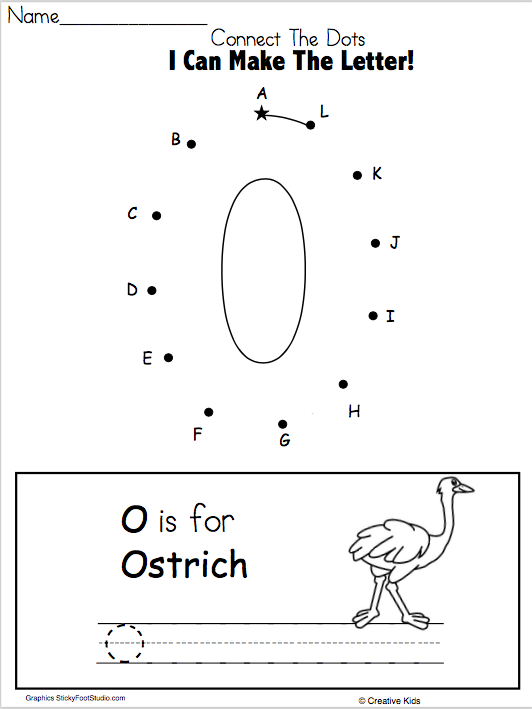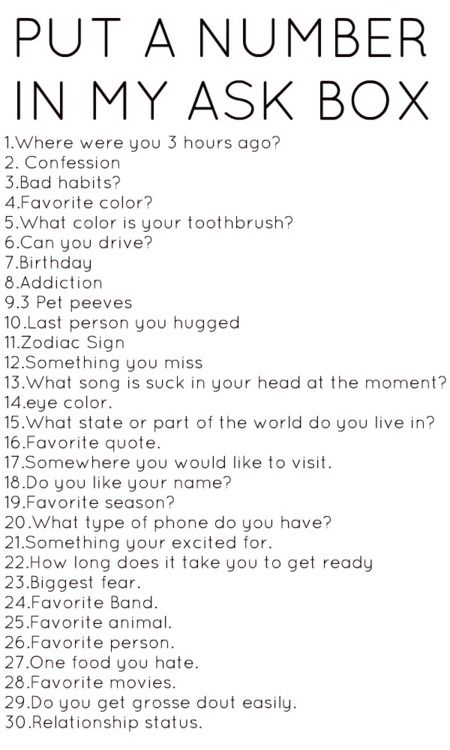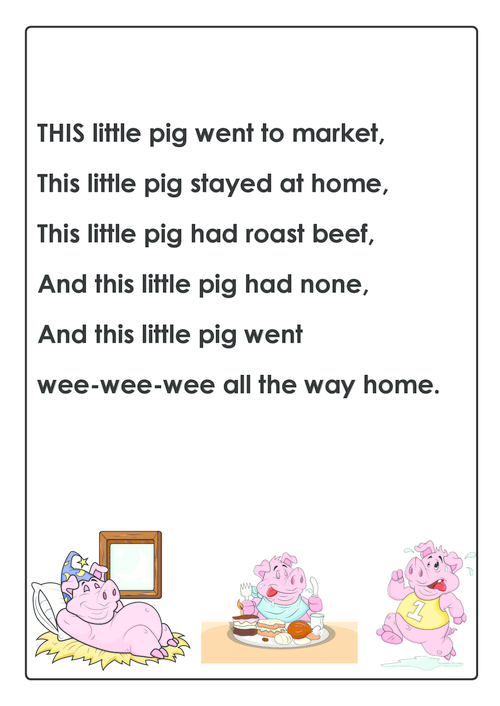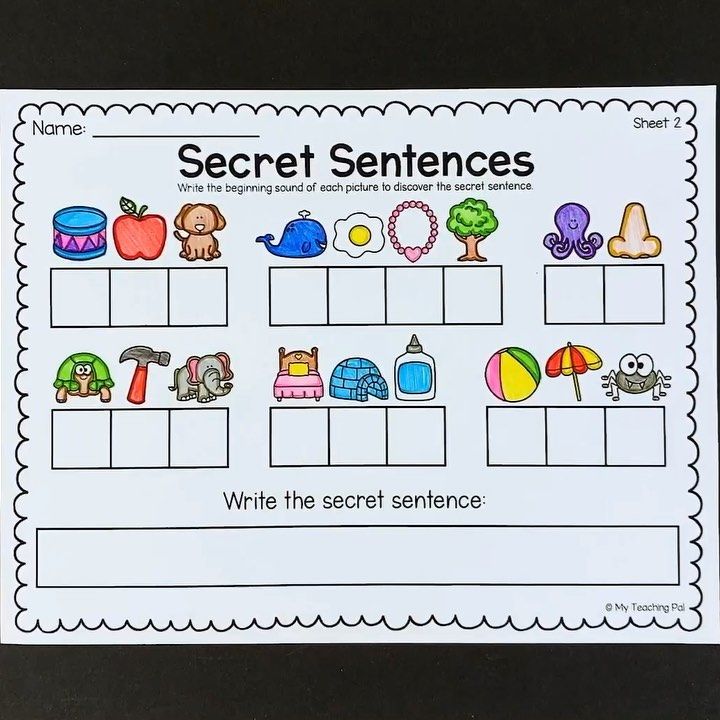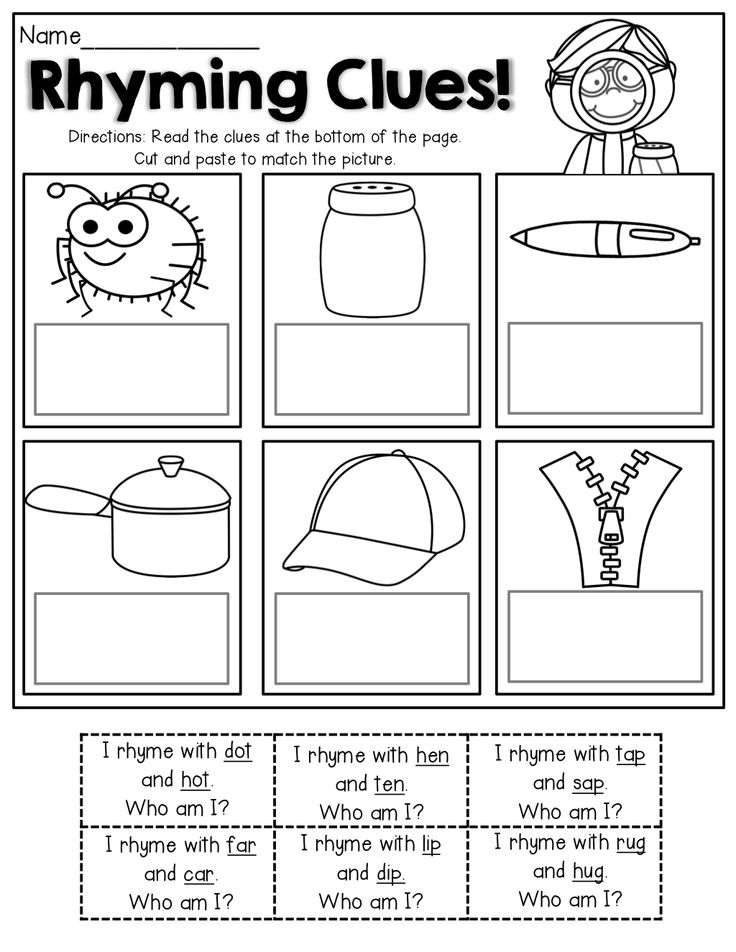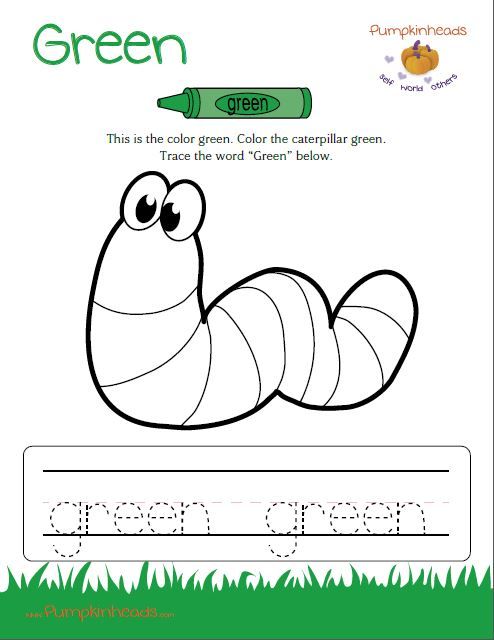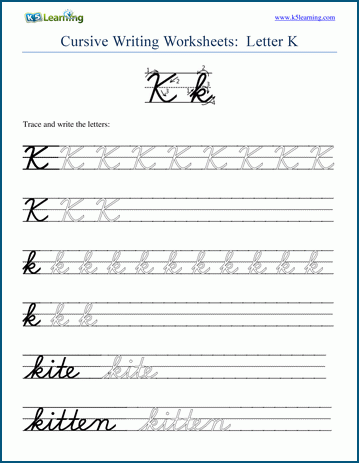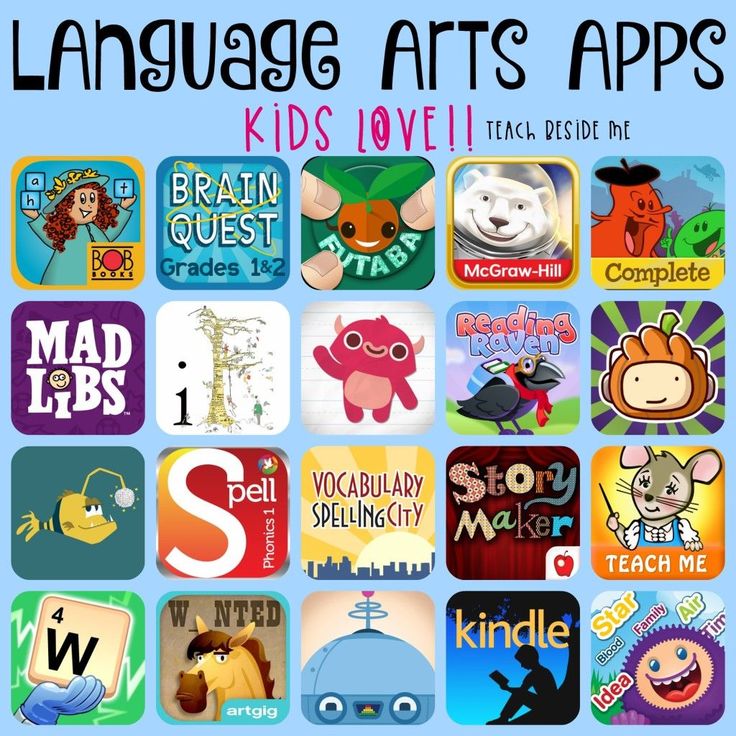Games to learn time
Telling the Time in English
Updated February 2022 - let me know if there are any problems.
You can set this page as a homework task for a group of students; doing so will give you a record of who has completed the task. Visit the teacher's section for more information.
You can share this page by using the link below.
https://www.gamestolearnenglish.com/telling-the-time/
This is a mini-game to learn and practice telling the time in English. Students can interact with a clock to change the time and there is also a mini-game which involves matching a time phrase to a clock.
The first screen shows an analog clock displaying a time - initially 9 o'clock - and a pane below showing the matching time phrase. You can change the time on the clock by moving the clock hands or by clicking on the arrows at the bottom. As you change the time on the clock, the time phrase below gets updated. Moving the hour hand changes the time really quickly, but the minute hand is slower.
It is only possible to display times at intervals of 5 minutes, and so the clock hands will align to the nearest 5 minutes.
On the second screen there is a mini-game. A text pane in the middle displays a time phrase eg. 3 o'clock. Then 3 clocks are shown above; each with a different time. To play the game, you have to click on the clock that matches the time phrase. This repeats about 20 times with increasingly precise times being shown. In order to complete the game, you have to choose the correct clock every time. If you make a mistake, then the game is lost and you have to start again from the beginning.
While playing the game, a cat is displayed in the bottom left of the screen, with a bridge infront of her. As you guess the clocks, the cat progresses across the bridge to the other side of the screen. But if you make a mistake, then the cat falls and returns to the beginning. There is nothing significant about the cat; it is just meant to be a visual progress aid. There is also a score box in the bottom right.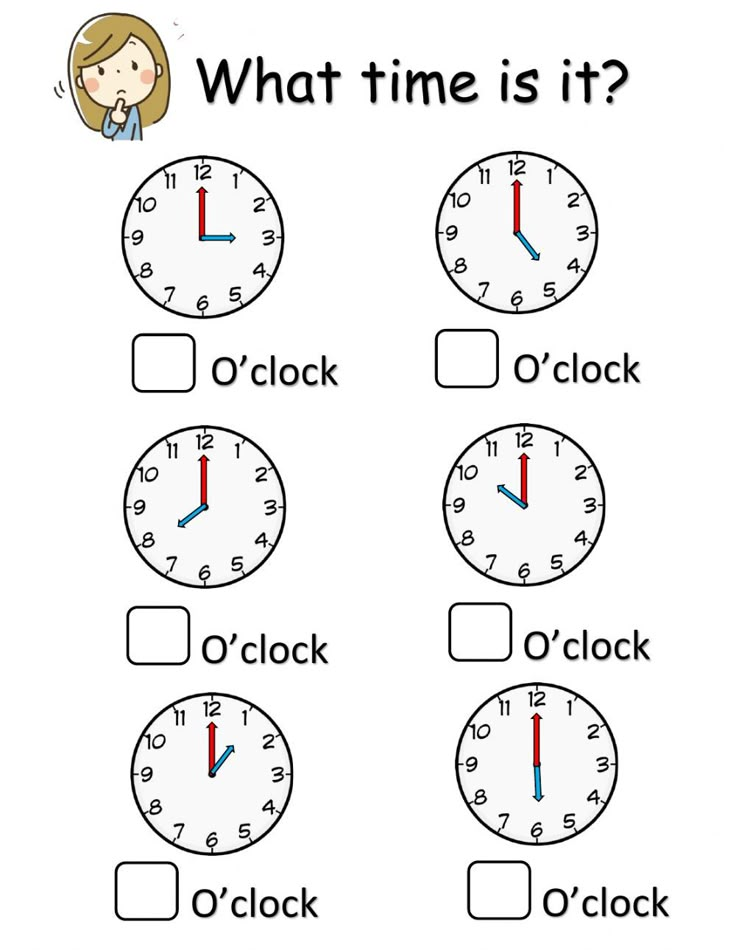 Score is awarded based on how quickly you pick the correct clock. If you take too long, then no points are awarded at all.
Score is awarded based on how quickly you pick the correct clock. If you take too long, then no points are awarded at all.
The target language is time phrases, specifically:
Half past, quarter past, quarter to, five past/to, ten past/to, twenty past/to, twenty-five past/to.
These were chosen as they are the main phrases used to tell the time. I did not use more precise times, such as "2 minutes past", as this could have made the game overly complicated. Five minute intervals are really enough for most situations. Alternative wordings, such as "twelve thirty" or "eight forty-five" were avoided so as to keep things simple.
The aim of this game is to practice, or initally explore and learn, telling the time in English. The target audience is low level English learners. Telling the time, while important, is quite a straight forward skill and most elementary level learners should be able to tell the time quite easily. The first screen aims to present the target language, while the mini-game on the second screen is a means to practice and re-enforce the language.:strip_icc()/pic1109048.jpg)
This game is made with Javascript with the CreateJS framework. While primarily aimed at desktops, it should work on mobile phones and tablets. The reasons for remaking this game from the old 'clock' flash version are, firstly, that the old version was not very good - the appearance was not all that appealing, the game displayed in a small window and there was not much variance in the clocks being show. Secondly, the old version still seemed quite popular, despite being taken off the home page of the site and being buried with a bunch of other old games. Finally, telling the time is quite an essential skill for speaking english in everyday life and time phrases are really quite easy to represent visually. Learning to tell the time in English is something that anyone should be able to do by themselves. And so resources to do help with this, should be free and easily available online.
Audio by Jason Wright - Crazy Uncle with a Mic
Leave any comments you like below.
Time Games for Kids Online
Interactive Clock Games for KidsBeing able to tell the time independently, without any help, is a valuable skill.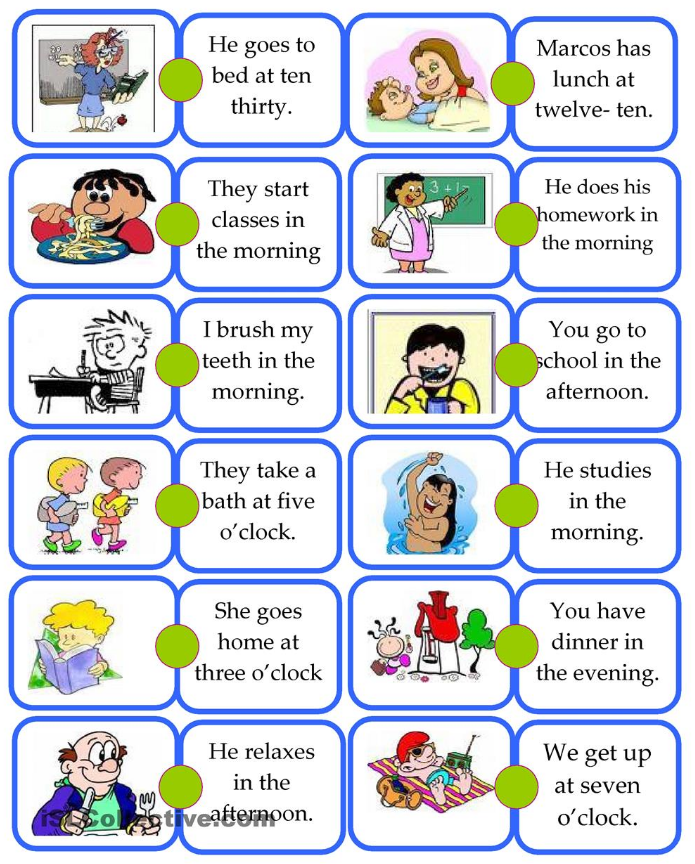 It can come in handy for everyone during all the stages of life. Whether you’re a child or an adult, being able to read time correctly is vital. It helps with planning, maintaining a schedule, being punctual, cooking, and just about any other small or big thing you can think of!
It can come in handy for everyone during all the stages of life. Whether you’re a child or an adult, being able to read time correctly is vital. It helps with planning, maintaining a schedule, being punctual, cooking, and just about any other small or big thing you can think of!
Understanding the concept of time involves many skills that children need to develop early. Interactive telling time games can help your child to comprehend, read and set the time correctly with zero difficulty.
AM and PM games, analog clock games, elapsed time games, time in hours games, time in quarter hours games, time to the nearest minute games, etc. are wonderful tools that help your child to learn and practice the basic concept of time in an engaging way!
Some other math games that you can explore are: number sense games, addition games, subtraction games, multiplication games, division games, fraction games, etc.
How Do We Introduce Time to Kids?Being able to read and write the time correctly is a very important concept that is taught in early childhood.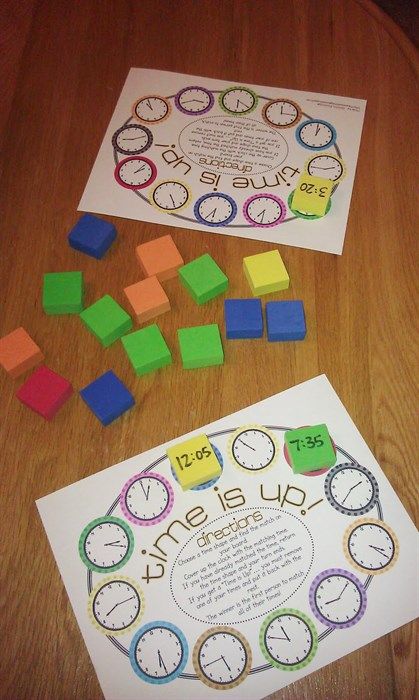 Time is the most valuable resource one has. Whether it's getting to school on time, or going to bed, forming and following a timetable, or filling in a timesheet at work - time skills are very important. Thus, it is necessary for kids to learn how to calculate time in their early years of schooling.
Time is the most valuable resource one has. Whether it's getting to school on time, or going to bed, forming and following a timetable, or filling in a timesheet at work - time skills are very important. Thus, it is necessary for kids to learn how to calculate time in their early years of schooling.
Telling time online games can be used to introduce the significance of time to kids. Fun and interactive clock games for kids help in developing a variety of cognitive skills that help students to read and write time easily.
How Can We Make Time Telling Fun for Kids?Interactive telling time games for kids make understanding the concept of time fun and exciting. Learning time for kids can be slightly difficult but these games provide children with instructions and help them to ascertain time, set the clock and even stop the clock at the correct time. Using engaging visuals and interactive backdrops, these games help practice time skills in an entertaining way.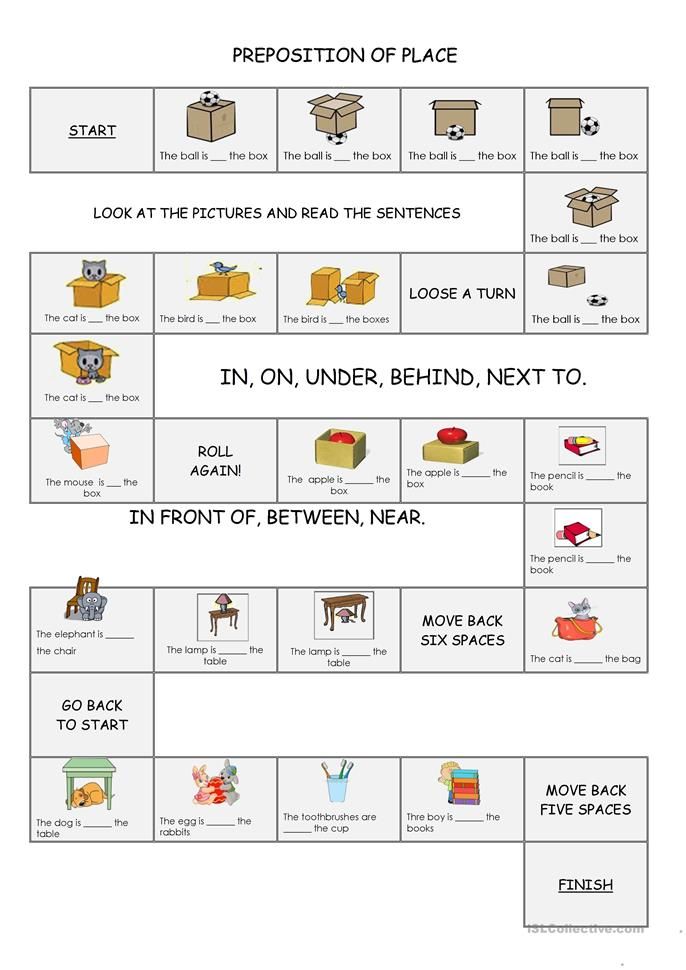
Telling time math games and activities enable kids to master the art of telling time to the hour, half hour, quarter hour, and to the nearest minute. Using clocks helps kids to master reading hours, minutes and seconds. They are able to practice concepts like elapsed time, understand AM and PM and even solve word problems with telling time online games. This helps in facilitating better understanding and allows students to have a tighter grasp over the study material.
FAQs1. How do you practice telling time for kids?Time can be practiced by kids with interactive games online. These games successfully incorporate the study material in a fun and engaging way that makes learning simple and less complicated. They allow students to practice the concept of time by developing their time telling skills and engaging their cognitive processes. These games also help boost students’ confidence and motivation.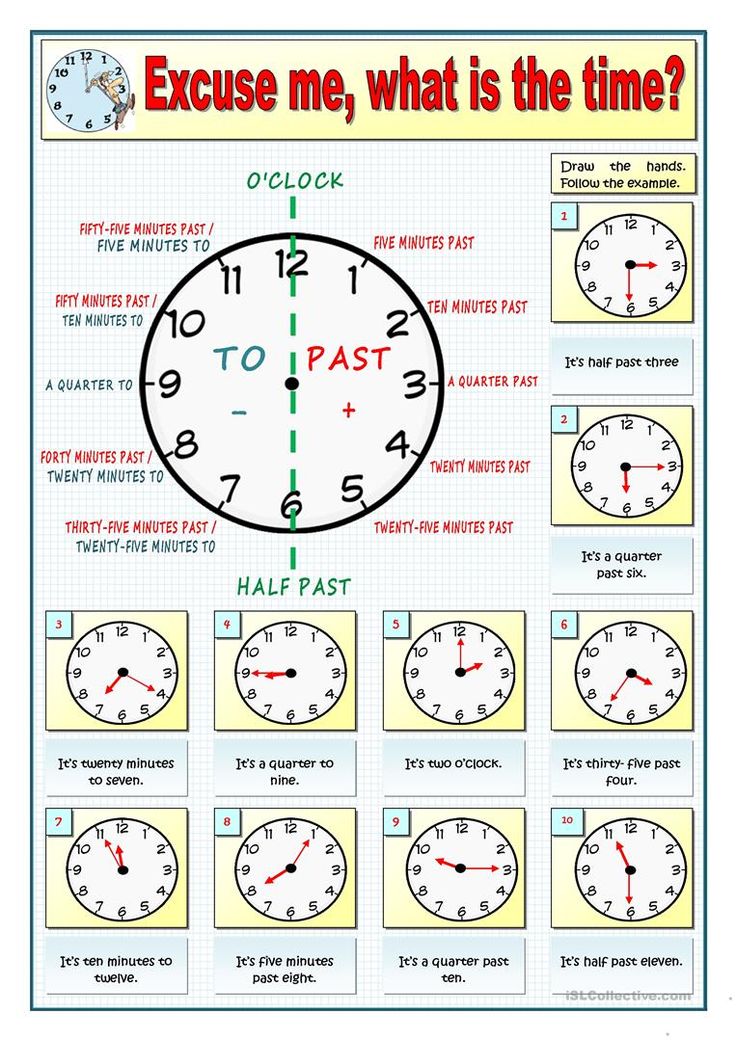
Clock math games can be used to teach the concept of time as students learn that the clock is a circle divided into 12 equal partitions. They also learn to partition the clock into halves and quarters. Children practice their skills of counting by five in order to read the time and use addition and subtraction strategies to solve word problems to practice the concept of elapsed time accurately.
3. How can I help my child understand time?You can teach reading and telling time to your child right inside your home. Show your child that the wall clock has numbers from 1 to 12 which show hours denoted by the shorter hand, and minutes denoted by the longer hand. There are 5 minutes between every two consecutive numbers; if the longer hand points at 1, it implies 5 minutes, and if it points at 2 then it implies 10 minutes and so on in multiples of 5. When it points at 12, it implies 12X5 = 60 minutes, which completes an hour.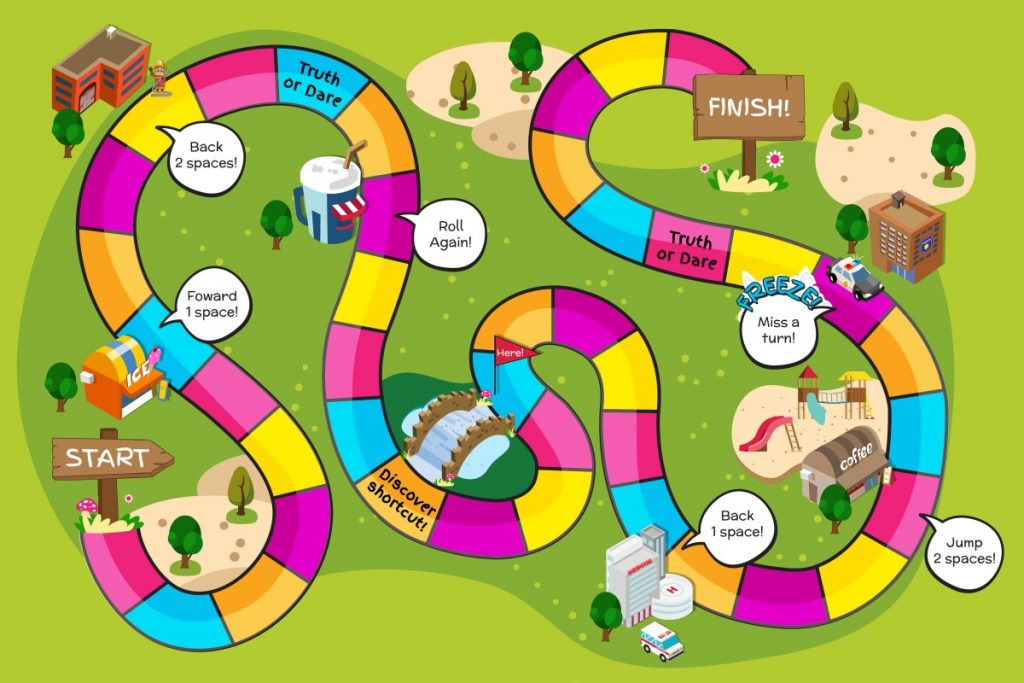 To read the time, read the numbers where both the shorter and the longer hands are positioned. Online telling time math games can also be used to help practice telling and reading time.
To read the time, read the numbers where both the shorter and the longer hands are positioned. Online telling time math games can also be used to help practice telling and reading time.
Games based on time use analog clocks and engaging visuals that help students to see time in action. Students are able to express the time in hours, quarter hours and half hours. They learn to set the clock, read the minute and the hour hand, tell time to the nearest five minutes and even select the correct clock.
5. What are the best activities for kids to practice time?Some fun math activities to practice the concept of time include making a paper clock, coloring the intervals of every hour with different colors, solving clock puzzles, etc.
Try SplashLearn for Free
20 Team Building Games for Every Taste
"None of us is smarter than all of us together" -
Ken Blanchard, American management expert and author.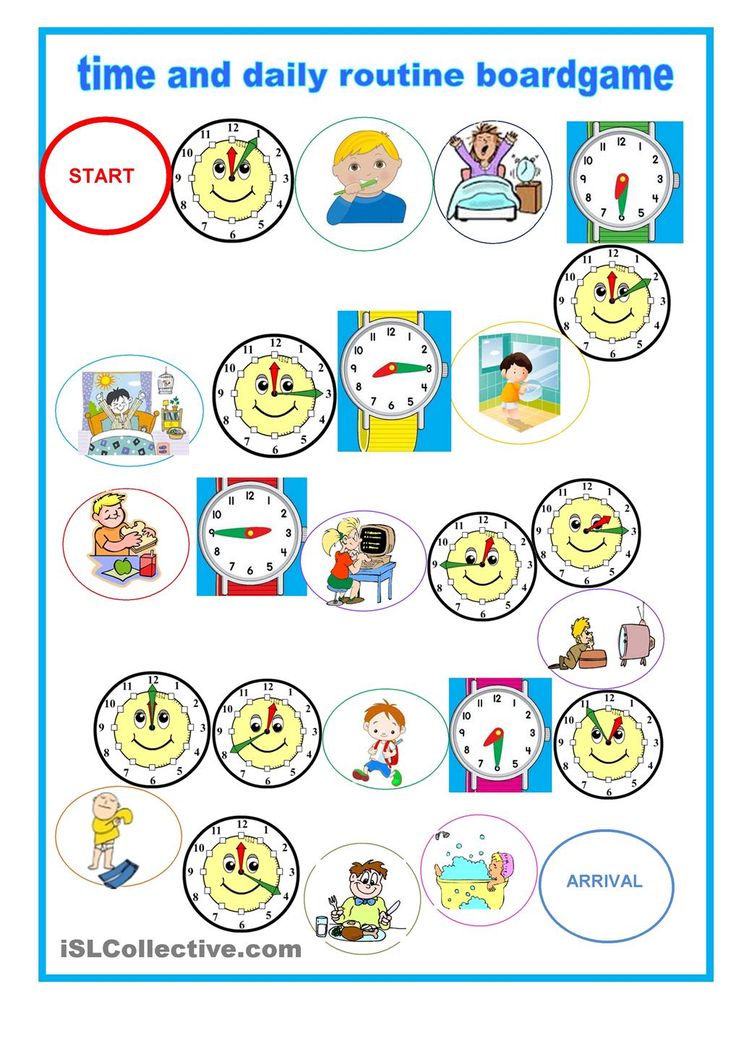
A friendly, cohesive and efficient team is the hallmark of a successful and constantly evolving business. An experienced leader knows that without a good rest, one should not expect a good job.
Contrary to popular belief, team building games are not only fun or even a waste of time. They contribute to the improvement of the company's performance, increase the productivity and level of employee satisfaction from work, and broaden the horizons of team members.
Also, team building games quickly increase the level of mutual understanding among employees, which creates a favorable working environment. In addition, team entertainment helps to reveal the leadership qualities of company employees, as well as to discern their (often hidden) talents.
It is especially important to pay attention to team building games at a difficult time when many people work from home. Remote employees feel more isolated than ever from the team. This, according to Gallup (analysis and consulting company), can reduce productivity by up to 21%.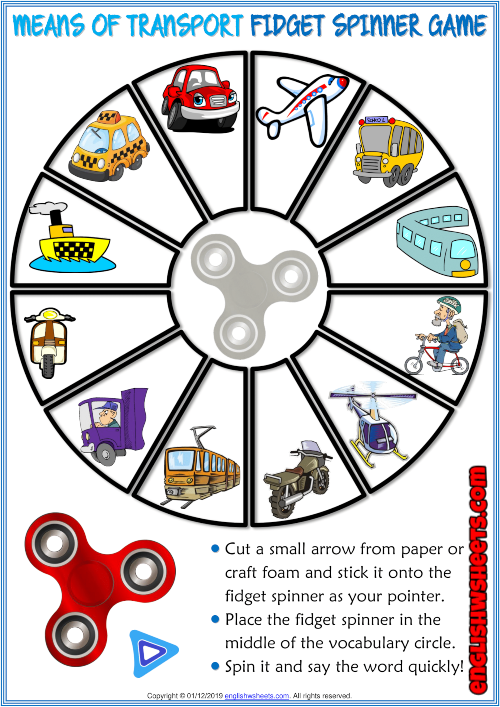
In this article, we have collected 20 team building games that will support the morale of the company's employees, will not let you get bored and drown in everyday worries and problems.
Content:
- Office games.
- Outdoor team games.
- Online games for remote teams.
- Indoor team building games.
Office games
1. Hulahoop
Time : from 10 minutes.
Number of players : 2 or more.
Rules : Competitors are armed with pen and paper. Each pretends to own a large warehouse filled with hoops. In one minute, the participants must describe how they will dispose of the hoops in the warehouse. Then each in turn tells his version of the solution to the problem. The weirdest one wins.
Team play stimulates the imagination and creativity of team members and helps relieve tension. If you are stuck at any stage of the project, the game will be especially useful.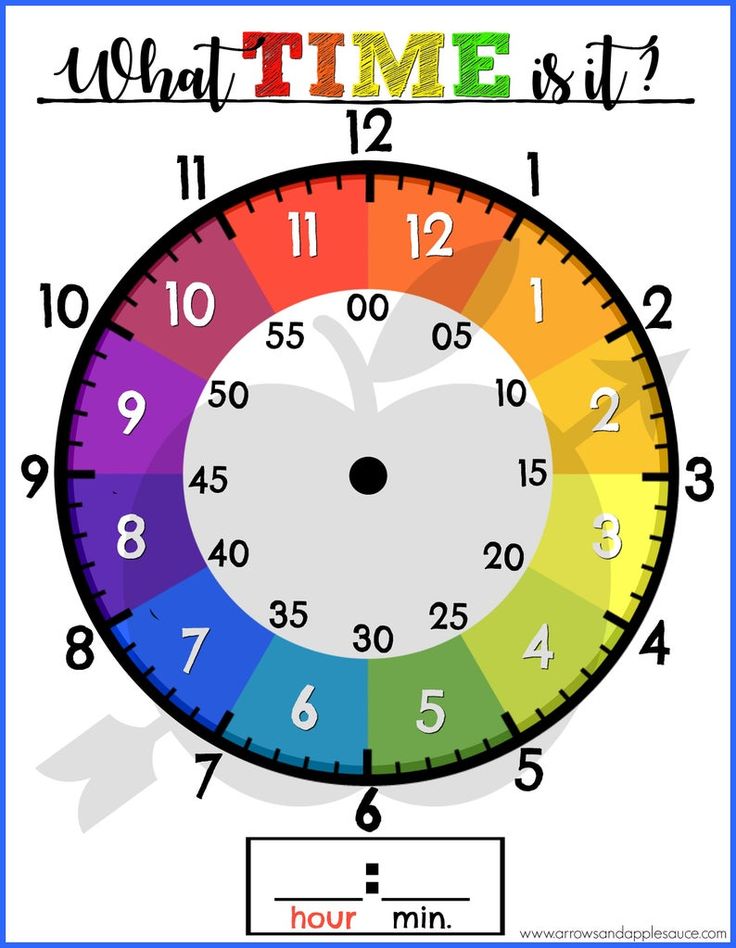 After such exercises on imagination and creativity, the brain is able to come up with a non-trivial solution to the problem the team is facing.
After such exercises on imagination and creativity, the brain is able to come up with a non-trivial solution to the problem the team is facing.
2. Criticize - offer
Time : from 10 minutes.
Number of players : 2 or more.
Rules : Project participants come up with and write down negative phrases and words on the board in the meeting room that kill the idea or hinder its development. For example:
- Management will die laughing at such an idea.
- Let's get back to reality.
- Not that.
etc.
Anyone who uses words or phrases from the prohibited list during a meeting will be fined. In the future, the total amount of fines can be spent on a joint lunch or donated to charity.
The game will perfectly fit into the workflow and will help you to conduct meetings, brainstorming sessions and meetings even more productively. With its help, employees will learn to offer more ideas in a positive way, develop them and give suggestions a chance to exist.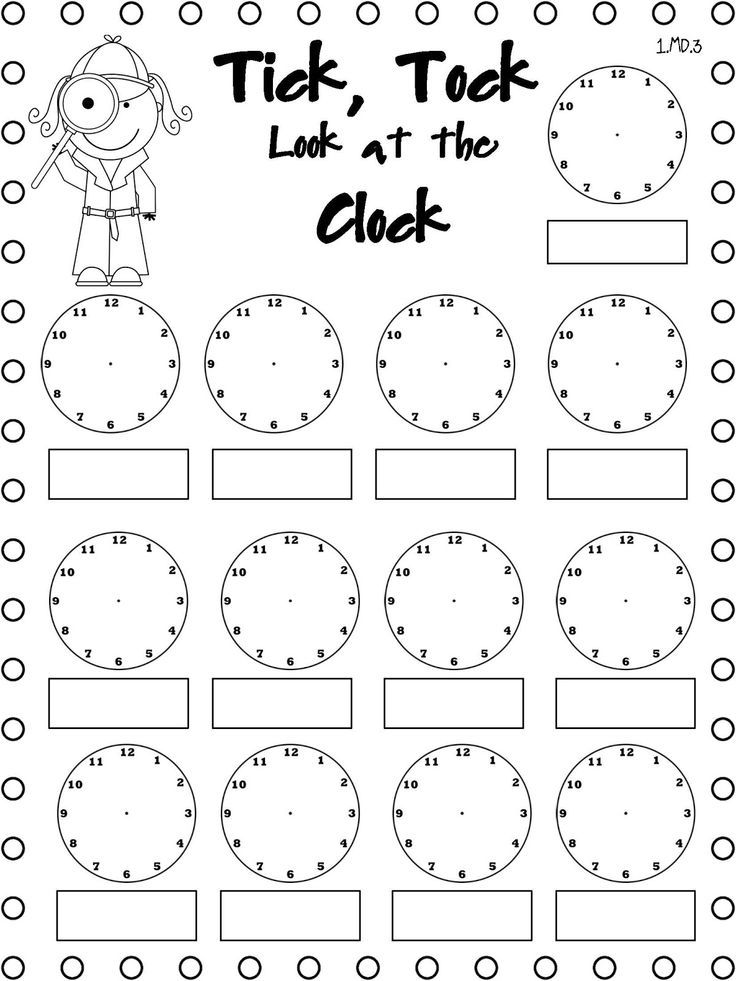 In addition, this format of discussions will unite the team and reduce the number of conflict situations.
In addition, this format of discussions will unite the team and reduce the number of conflict situations.
3. Believe/don't believe
Time : from 20 minutes.
Number of players : 5 or more people.
Rules : Players are divided into teams. The host (one of the team members) writes a certain number (depending on the number of players) of facts about himself on small pieces of paper. Among them can be both real facts and fictional ones.
Papers with facts are thrown into a hat and put on the table. Further, each of the team members in turn approaches the hat, draws out a fact and reads it aloud. The task is to guess whether the fact is true or not. The correct answer is 1 point. The team with the most points wins.
This game will help you get to know new employees better, find friends with the same interests, take your mind off work and just have fun.
4. Jenga
Time : from 20 minutes.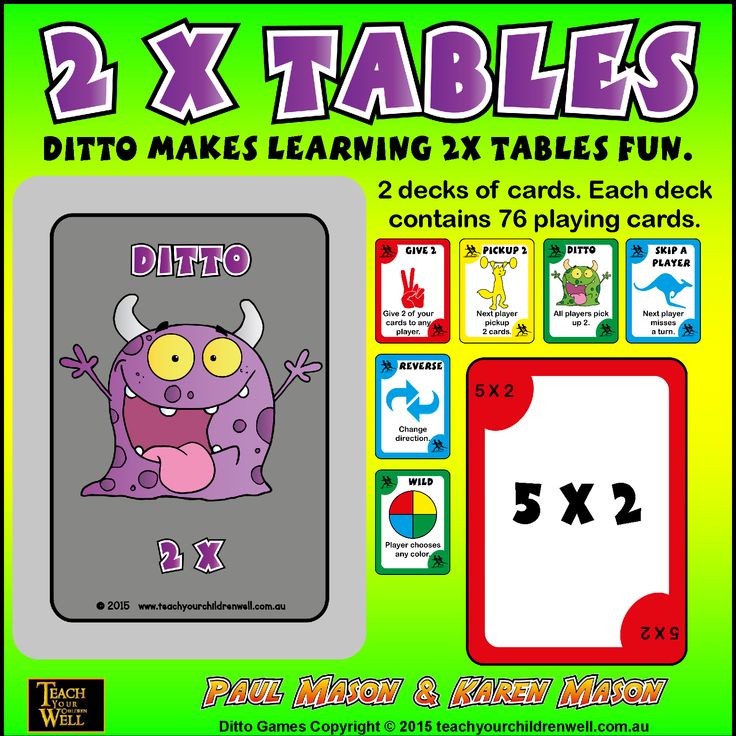
Number of players : 2 or more.
Rules : Office interpretation of the classic game. To do this, you will need the same Jenga (the famous English board game), pens and pieces of paper. Each participant writes down a stressful or difficult work situation on a piece of paper. When everyone is ready, the leaves are mixed and folded into a hat (or bag, package, etc.).
Next, the game starts. The one whose move destroys the tower pulls out a piece of paper and tells the team how he would cope with the situation described by a colleague.
This kind of Jenga will help not only to relax and distract from routine matters, but also to develop the ability to get out of critical situations with minimal losses.
5. Who is first
Time : from 10 minutes.
Number of players : odd (3 or more).
Rules : In this game, the facilitator names three random letters of the alphabet, and the other participants (play in teams or each for themselves, depending on the number of people) try to find objects whose names begin with these letters.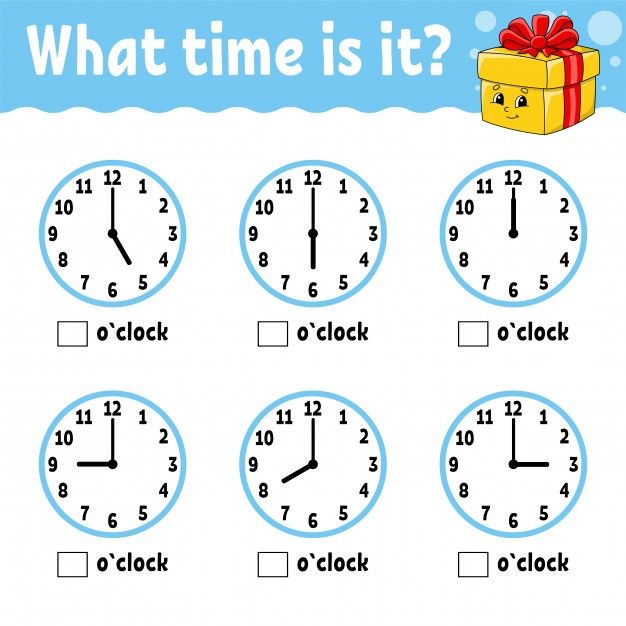 The winner is the one who finds three items the fastest.
The winner is the one who finds three items the fastest.
The game is perfect for a short break in the form of a light physical and mental workout, as well as make colleagues get up from their seats, warm up, get distracted and cheer up. In addition, the game trains the attentiveness, intelligence and reaction of each of the participants.
Tip : Schedule your office games in advance in your company's collaboration tool. Employees will be able to build their plans so as not to miss a useful and fun break for the team or even the department.
Outdoor games
6. Mime
Time : from 20 minutes.
Number of players : 4 or more.
Rules : The facilitator prepares a certain number of different items and distributes one of them to each of the participants. Players take it in turns to show the others, without words, how this item is used in everyday life.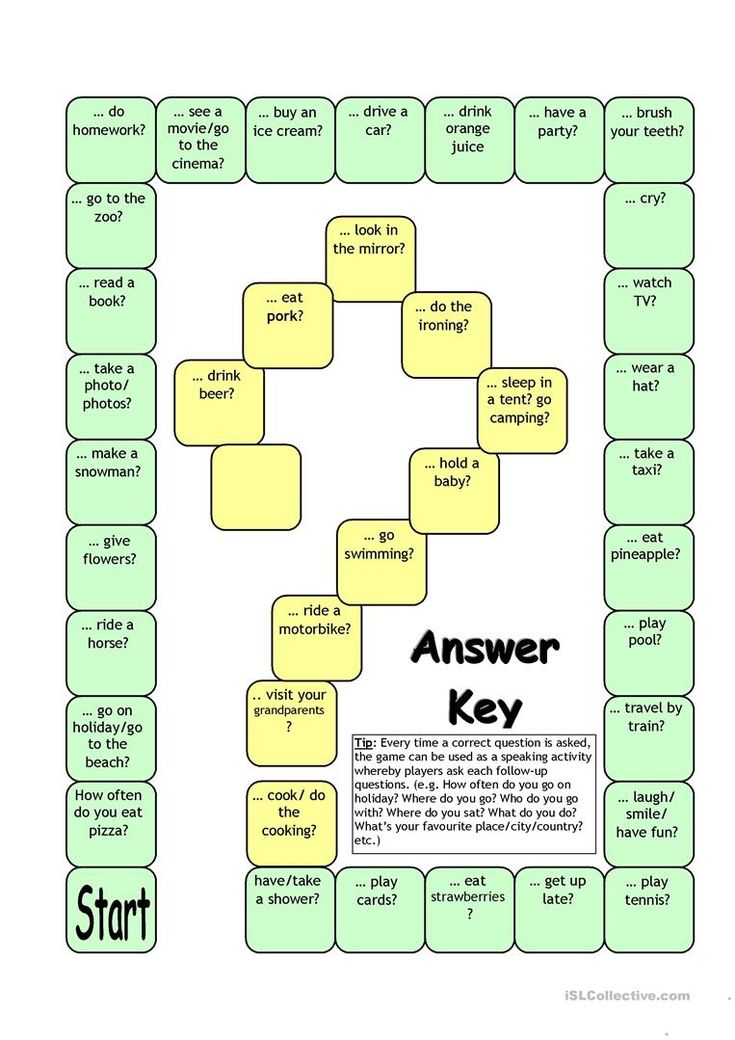 It is important to come up with a non-standard use case so that the rest of us break their heads properly. The one who guessed the most items wins.
It is important to come up with a non-standard use case so that the rest of us break their heads properly. The one who guessed the most items wins.
The game connects a creative vein and creative approach, and also gives you the opportunity to laugh a lot at the pantomimes and ingenuity of colleagues.
7. Chute
Time : from 20 minutes.
Number of players : several teams from 5 to 10 people.
Rules : Competitors are evenly divided into teams. The leader indicates the route along which the game will take place. The task of each team is to transport the ball from point A to point B using special chutes that form a pipeline.
Each player is given a chute. The participants line up, the leader notes the time and puts the ball in the first chute. As the ball moves, the first player must reach the end of the line in time to catch it and prevent the ball from falling. The team that manages to transport the ball the fastest without dropping or touching it with their hands wins.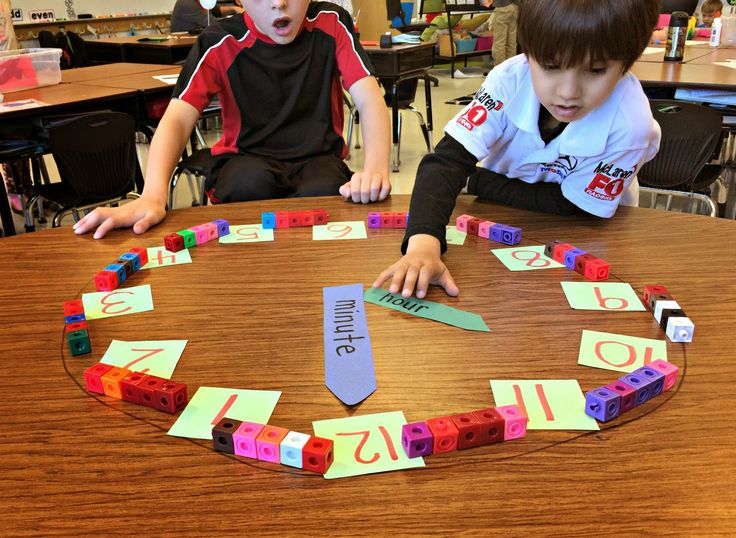
8. Queue
Time : from 20 minutes.
Number of players : 5 people or more.
Rules : The facilitator blindfolds the participants. Then he approaches each of them and taps a certain number on his hand. When all players have received their number, the host gives the signal to start the game. The task is to line up without words so that each participant takes his ordinal place.
If there are many people who want to play this team game, you can form several teams and arrange speed competitions.
9. Sea knot
Time : from 10 minutes.
Number of players : 5 or more.
Rules : The players are divided into two teams. Each is given a long rope. At the signal of the leader, the players begin to tie all kinds of knots on their rope. After the next signal, the teams change ropes and begin to unravel the knots tied by the opponents.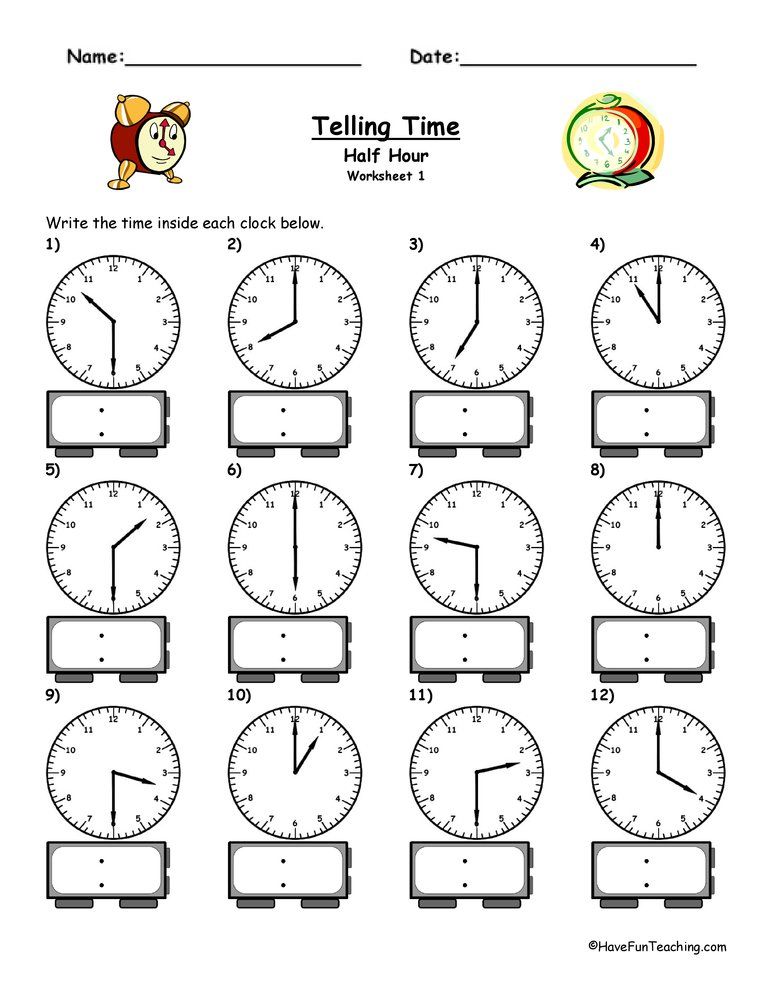 Victory goes to those who complete the task faster.
Victory goes to those who complete the task faster.
10. Caterpillar
Time : from 15 minutes.
Number of players : 5 or more.
Rules : Teams line up one behind the other, heads in the same direction. The participants hold a rope in their hands, all but the last person are blindfolded. At this time, the leader hides a certain object in the field of view of the player standing last in the line. The task of the team is to find the hidden object, following the instructions of the "tail".
To make it more difficult, you can prevent the participants from talking during the game. Before the start, the facilitator may give the players a minute to come up with signs for communication in the team. Again, if the number of participants is too large, you can divide into several teams and play the "Caterpillar" for speed.
Online games for remote teams
11.
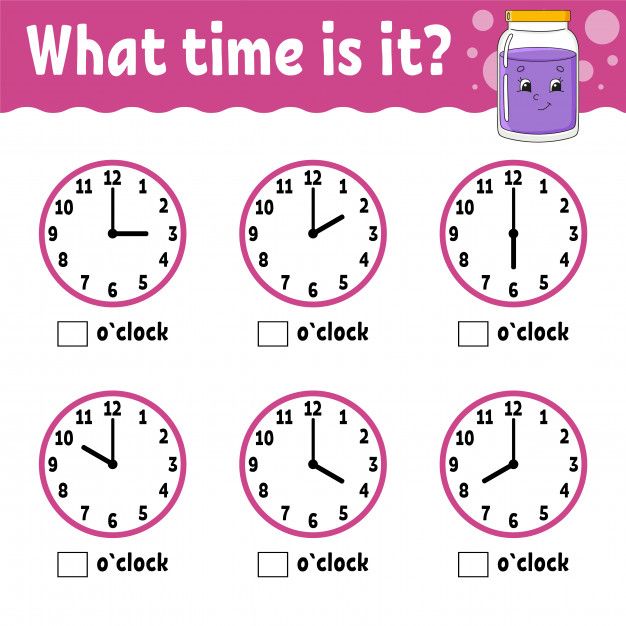 Emoji Stories
Emoji Stories Time : from 10 minutes.
Number of players : from 3 people.
Rules : The team chooses a leader. He writes the beginning of the story in the general chat, which consists of a maximum of six emoji. Then, one by one, the participants develop the story, supplementing it with five emoji so that the story does not lose its meaning. The game continues until the story is completed by one of the participants in the game or until the team runs out of ideas.
12. Five clicks
Time : from 10 minutes.
Number of players : 3 or more.
Rules : Choose two completely unrelated topics. For example, Michael Jackson and the Nuremberg trials. The task of the players is in five clicks and as quickly as possible to find the way through the internal links in Wikipedia from one given topic to the second. The victory goes to the one who fulfilled the conditions of the game first.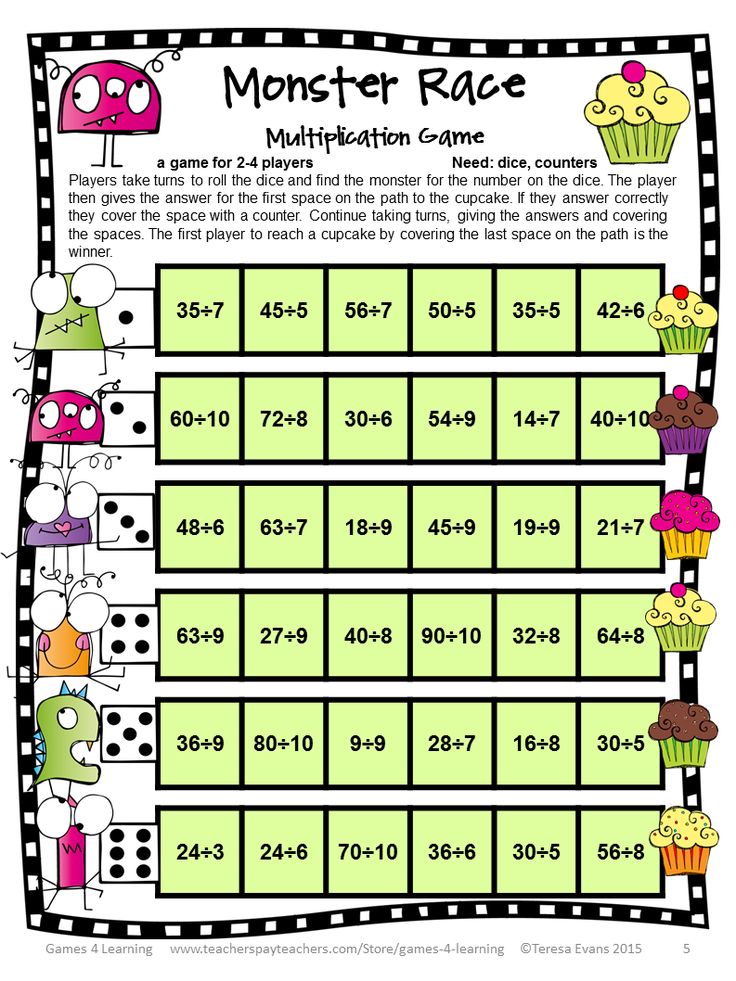
This online game will introduce team members to little-known topics, as well as help hone their research skills.
13. Printed racing
Time : from one minute.
Number of players : 2 or more.
Rules : This online game is a typing speed race. Team competitions can be arranged using one of the free services (for example, this one or this one). Announce the tournament: each of the participants performs a certain task and publishes the results in the general chat. Of course, the fastest one wins.
In order for the participants to feel the team spirit, you can divide the players into teams, give them a common task and summarize the result. A well-honed fast typing skill is a big plus in the work of any specialist.
14. Show and tell
Time : 5 minutes or more.
Number of players : from 4 people.
Rules : In a general video chat, the host asks each participant to find an object in their room that means a lot to the player in one minute. Each team member then has one more minute to talk about the chosen item, why it is important to the owner, and how it came into their hands.
Each team member then has one more minute to talk about the chosen item, why it is important to the owner, and how it came into their hands.
15. Danetki
Time : 20 minutes.
Number of players : 5 or more.
Rules : The facilitator tells the participants a very unusual ending for a fictional story (one sentence). The task of the rest is to recreate history. To do this, they ask any questions, but with one condition: you can answer them “yes”, “no” or “does not matter”.
Players have 20 minutes to restore history. If they fail, the leader receives a prize that the team came up with before the start of the game.
Indoor team building games
16. Puzzles and negotiations
Time : 1-2 hours.
Number of players : 3-4 small groups or more.
Rules : Participants are divided into at least 3 small teams with the same number of players.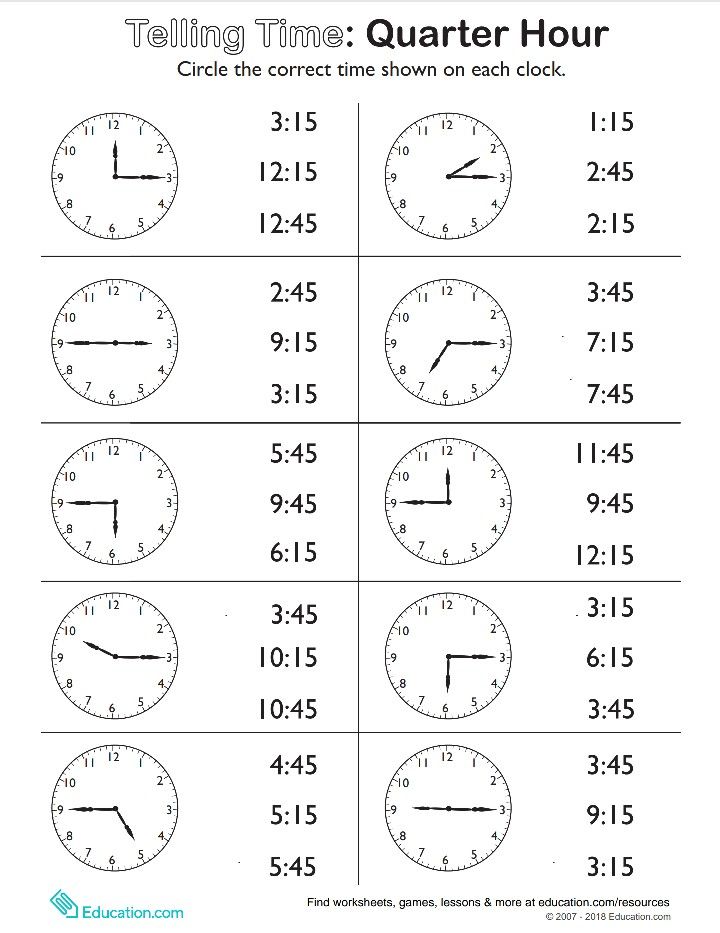 Each team receives one puzzle with an equal number of pieces. The goal is to complete the puzzle faster than your opponents.
Each team receives one puzzle with an equal number of pieces. The goal is to complete the puzzle faster than your opponents.
The catch is that parts of the details of each mosaic are mixed and are in different teams. Each group decides how to get the missing pieces: bartering, bargaining, negotiating, swapping team members, and whatever your imagination can come up with.
"Puzzles and Negotiations" helps to develop and strengthen the ability to work in a team, trains negotiation skills, helps to identify leadership qualities.
17. Sketch
Time : 30 minutes or more.
Number of players : odd (5 or more).
Rules : The players are divided into two teams and a leader is chosen. He, in turn, invents the story of the robbery and tells it to the participants. After that, the host assigns court artists for each team, and the rest of the players become witnesses to the robbery.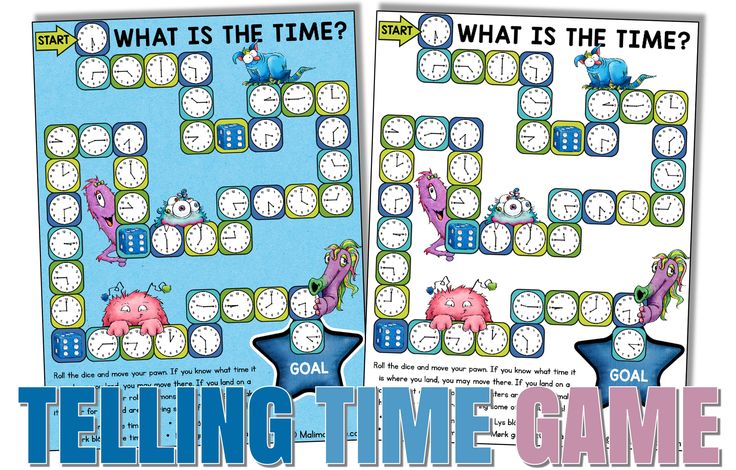
Forensic examination begins: using a free face generator, the host creates a portrait of the main suspect and shows it only to witnesses. They must describe the face to an artist who will attempt to recreate a portrait of the suspect based on the descriptions made by the team. The thumbnail that looks more like the generated face wins.
This fun team building game enhances teamwork skills, showcases the drawing skills (or lack thereof) of the participants, and lifts the spirits of each player.
18. Intuition
Time : from 20 minutes.
Number of players : from 4 people.
Rules : Before the game, ask all participants to send in an unusual photo taken after hours. Then post the photos in a place where everyone can see them. Next, the players take turns guessing what is happening in each of the pictures. After the voiced options, each owner chooses the version closest to the real one.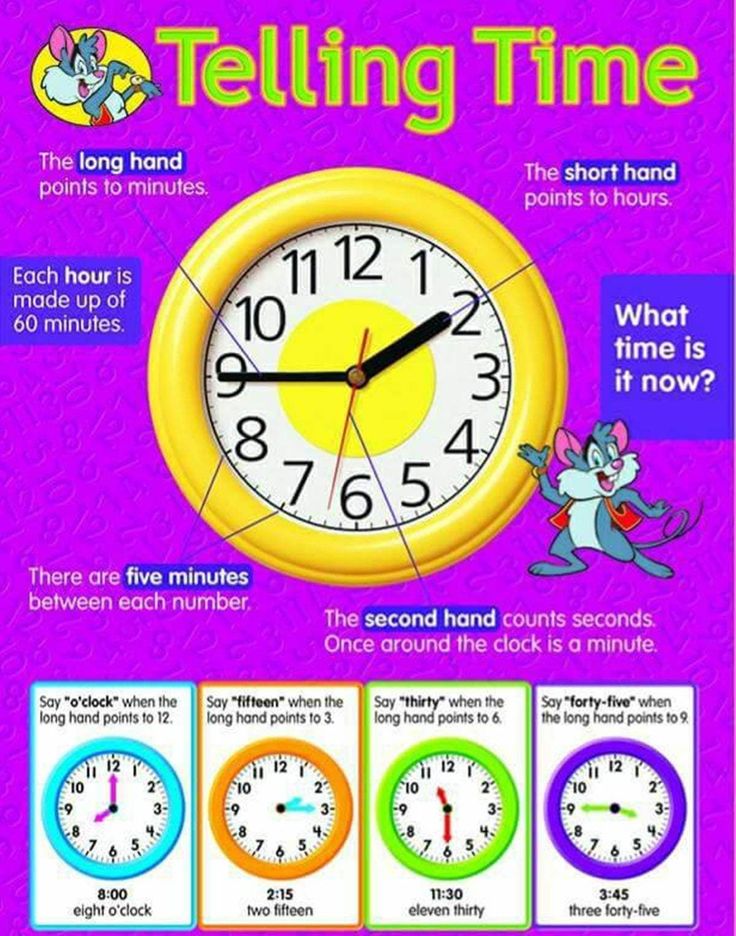
The game will tell you more about the personal life of employees, their hobbies and hobbies. It is great for newly formed teams, helps new colleagues get to know each other better and reduce the level of shyness in the team.
19. Ambassadors of Peace
Time : from 15 minutes.
Number of players : 3 or more.
Rules : Each participant in the game is given a country by the moderator. Next, the players take turns going out and trying to describe the hidden country without naming it. The winner will be the one who guesses the most countries.
Ambassadors of the World is a great team building game that will help demonstrate the communication and creative skills of team members, expand geographical knowledge, and also guarantee a fun time at a corporate party or during a work break.
20. People Bingo
Time : from 30 minutes.
Number of players : 3 or more.
Rules : Back to the classics again. The basis of this team building game is Bingo, which is popular all over the world. Only instead of numbers on the cards, each participant will describe unusual life situations that the team will come up with together before the start of the competition.
During the game, the participants ask each other in a circle if the opponents have encountered the situation described on the card. If someone answers yes, the person who asked the question crosses out the box with it. Just like in traditional bingo, the first person to get a row of crossed out fields vertically, horizontally, or diagonally wins.
People Bingo is entertainment that allows you to learn more about the people you work with.
To summarize
Team building games are an important component in building an effective team. They help employees relax and switch, relieve tension and stress. In addition, corporate games develop the speed of thinking and reactions, improve communication and creative skills, and provide an opportunity to show the best qualities. This will subsequently lead the team to high results and successfully implemented projects.
This will subsequently lead the team to high results and successfully implemented projects.
And finally. To unite the team and maintain good relations within it, you can create good habits and traditions. For example:
We hope that our article will help in choosing effective ways to maintain a friendly atmosphere in the office, which will positively affect the results of each employee and the business as a whole.
4.7 twenty votes
Article rating
Twelve business team building games your team will love
" Again idiotic team building!" - you hear from a disgruntled employee. Well well. If such thoughts come into the minds of your colleagues, there will be no benefit from team building.
Team building and business games should not only teach useful skills, but also bring pleasure. They help team members get to know each other better - who thinks, works, solves problems and has fun.
We've compiled a list of 12 team building business games that won't make your employees frustrated - on the contrary, they will make you want to play them again and again:
Fast business games
1.
 The game of opportunities
The game of opportunities Time: 5-6 minutes
Number of participants: One or more small groups
Inventory: Any objects
Rules: This the game. Give one player from each group a random item. Players take turns stepping forward and showing the group how to use the item. The rest of the participants must guess what the player is showing. Show silently. Use cases should be as non-standard as possible.
Goal: This game brings creativity to life and teaches creative thinking.
2. Pros and cons
Time: 5-6 minutes
Number of participants: two or more
Inventory: not needed
Rules: player A tells some unpleasant episode from his B past (from personal life or from work). It must be an event that actually happened. Then player A again talks about this event, but only talks about its positive aspects.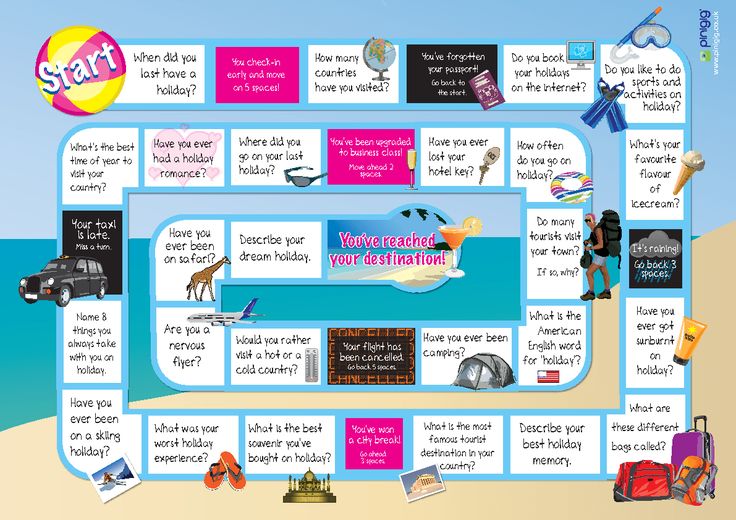 Player B helps find the positive side of an unpleasant situation. After that, the players change roles.
Player B helps find the positive side of an unpleasant situation. After that, the players change roles.
Goal: participants learn together to rethink negative experiences and learn valuable lessons from them.
3. Mixing goals
Time: 1-2 minutes
Number of participants: any
Inventory: not needed
Rules: excellent team office game that will not take much time. Before holding the meeting, ask each participant in the game to go around their colleagues and tell as many people as possible about what they are going to share in the meeting. If you wish, you can assign a prize to the player who will tell the maximum number of people about his plans, and to the one who successfully recounts what he told his colleagues about before the meeting.
Purpose: This team building option improves the efficiency of meetings and forces participants to think in advance what they are going to say, not what they want to hear.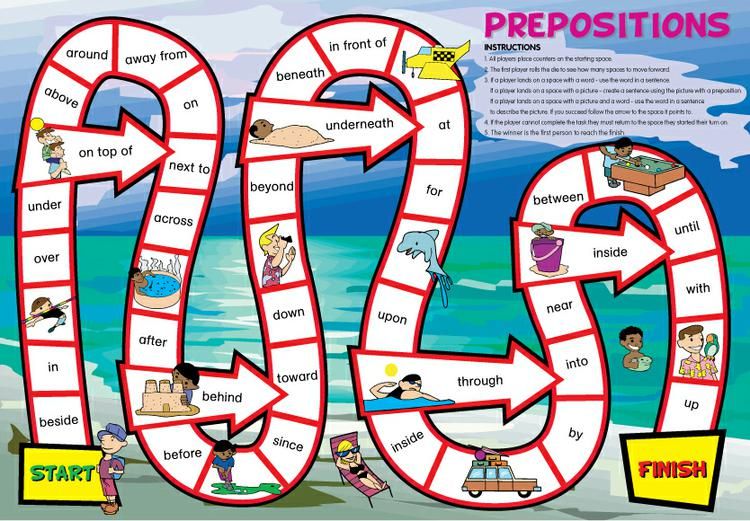
Open -air games
4. Treasure hunting
Time: 1 hour and more than
Number of participants: Two or several small groups
Inventory: Pain and paper
Rules: break the team into groups of two or more people. Make a list of different wacky tasks for each group. For example, take a selfie with a stranger, take a picture of a building or object near the office, etc. Give each group a list and be sure to set a deadline by which they must complete all the tasks. The group that completes the tasks the fastest wins. (If you like, you can create your own scoring system according to the difficulty of the tasks.)
Goal: is a great team spirit exercise. It will help temporarily break up familiar companies and encourage collaboration with colleagues from other teams and departments. You will notice that project team management will become easier after this.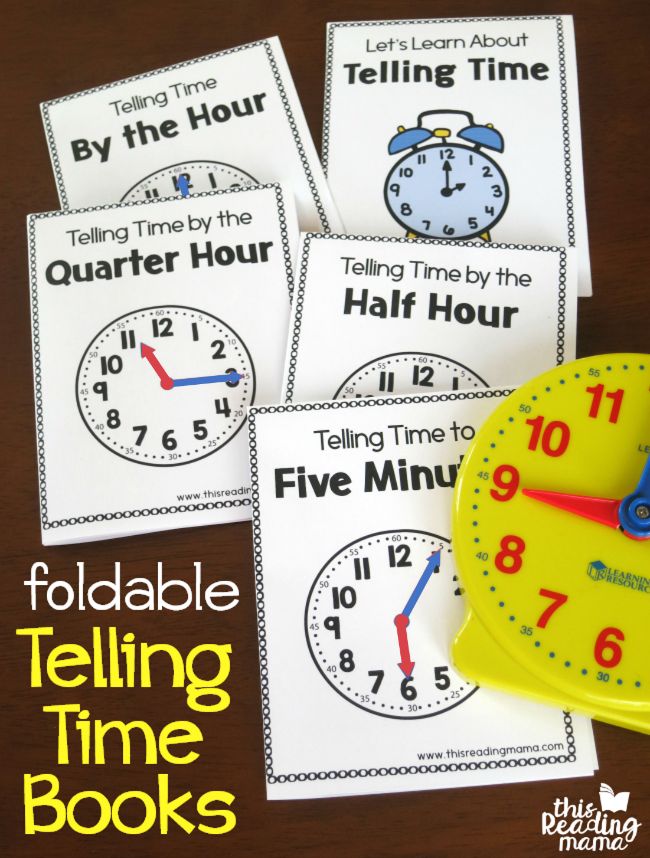
*Fun fact: in Wrike we played a treasure hunt using our own quest tracking tool.
5. Ball
Time: 15-30 minutes
Number of participants: 8-20 people
Equipment: not needed
Rules: Place all participants in a circle, shoulder to shoulder and facing the center of the circle. Ask everyone to reach out their right hand and take the hand of someone who is standing opposite. Then ask them to reach out their left hand and take the hand of another random person. For a certain time, the team must unravel this tangle without opening their hands. If the group is too big, organize a few smaller laps and have them compete against each other for speed.
Target: Communication and teamwork skills are very important for success in this game. And after it, the participants will have something to discuss at their leisure.
6. Perfect Square
Time: 15-30 minutes
Number of participants: 5-20 people
Equipment: long piece of rope tied with ends and an eye patch
2 rules
2 2 put the employees in a circle and give them a rope in their hands.
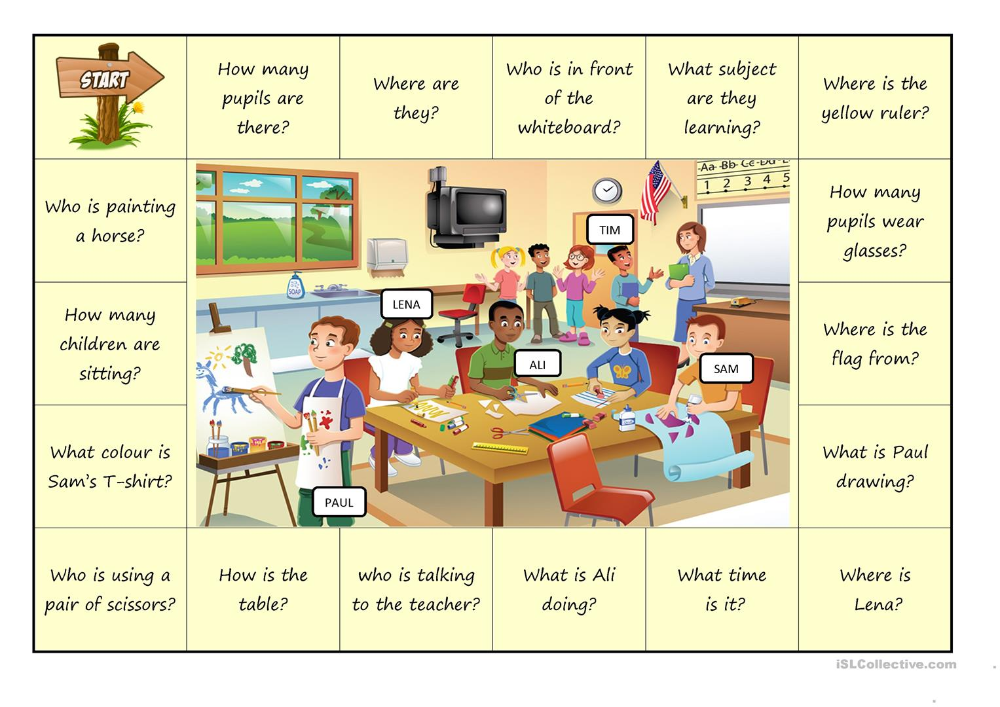 Ask everyone to blindfold themselves and put the rope on the floor. Then ask everyone to move away from the rope a short distance. Next, ask to return to the rope again and try to lay it in an even square without removing the blindfold. To make the game more interesting, limit the time to complete the task. To make things more difficult, ask some team members not to talk.
Ask everyone to blindfold themselves and put the rope on the floor. Then ask everyone to move away from the rope a short distance. Next, ask to return to the rope again and try to lay it in an even square without removing the blindfold. To make the game more interesting, limit the time to complete the task. To make things more difficult, ask some team members not to talk.
Purpose: The game helps to improve communication and leadership skills. By asking some team members to remain silent throughout the game, you practice trust, allowing team members to lead each other in the right direction.
Did you like this article? Do we have many? Sign up for the newsletter to receive daily tips to improve efficiency and strengthen collaboration.
7. Minefield
Time: 15-30 minutes
Number of participants: 4-10 people (even number)
Equipment: miscellaneous small items, some blindfolds
Rules: find an open space (such as an empty parking lot or park).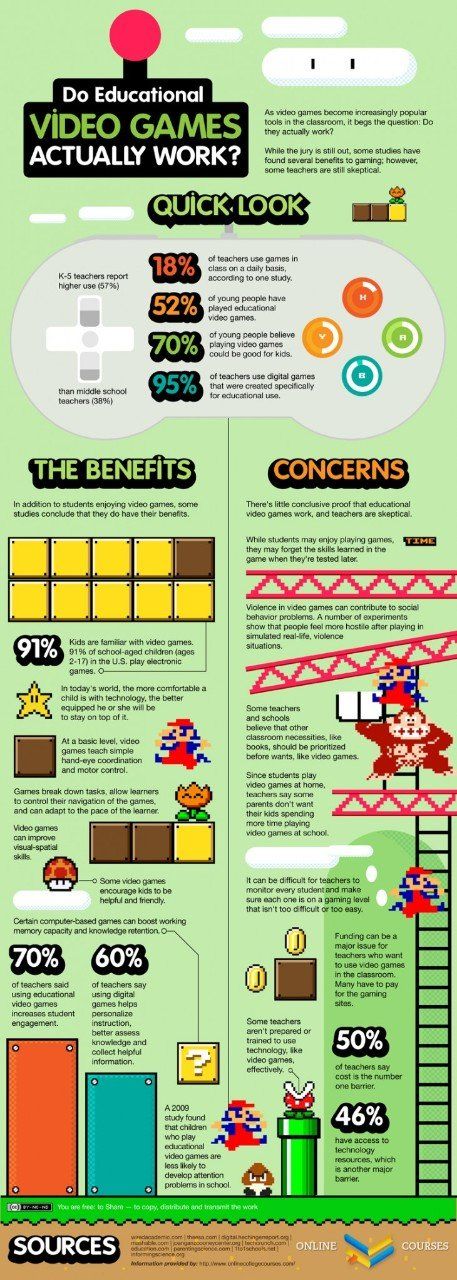 Randomly place the items you brought with you on the ground (cones, balls, bottles, etc.). Divide the participants into pairs and ask one player from each pair to blindfold themselves. The second player must lead his partner from one end of the "minefield" to the other without touching any mines, using only verbal instructions. The blindfolded contestant must not speak a word. To complicate the task, define the routes that the blindfolded participant should follow.
Randomly place the items you brought with you on the ground (cones, balls, bottles, etc.). Divide the participants into pairs and ask one player from each pair to blindfold themselves. The second player must lead his partner from one end of the "minefield" to the other without touching any mines, using only verbal instructions. The blindfolded contestant must not speak a word. To complicate the task, define the routes that the blindfolded participant should follow.
Purpose: This game is designed to train confidence, communication and listening skills. It is great to play on the beach.
8. Eggfall
Time: 1-2 hours
Number of participants: two or more small groups
Equipment: miscellaneous office items
Rules: divide into groups of 3-5 people Give each group one raw egg. Put together all the items you brought. Give the participants 15-30 minutes to assemble the protective packaging from the available items so that the egg does not break when dropped.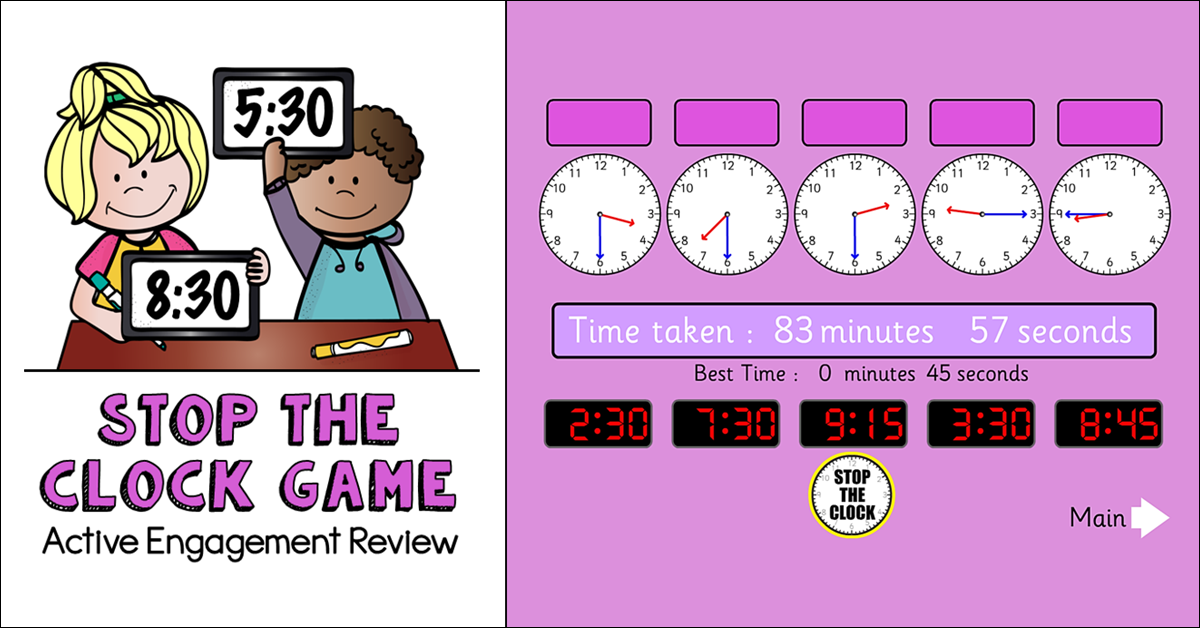 You can take, for example, such items: scotch tape, pencils, straws, plastic cutlery, packaging material, newspapers, rubber bands. When time is up, drop eggs in a team-made protective package from the second or third floor to see which one survives this Epocalypse.
You can take, for example, such items: scotch tape, pencils, straws, plastic cutlery, packaging material, newspapers, rubber bands. When time is up, drop eggs in a team-made protective package from the second or third floor to see which one survives this Epocalypse.
Goal: is a classic fun (and not the neatest) team game. Brings group members together using teamwork and problem solving skills. The more people involved in this egg mayhem, the more interesting! And don't forget to stock up on plenty of eggs, in case some of them break while creating the package.
Relationship building games
9. Puzzle barter
Time: 1-2 hours
Number of participants: Four or more small groups
Equipment: One puzzle for each group
Rules: Ask participants to break into small groups of an equal number of players. Give each group one puzzle of the same difficulty. The goal is to complete the puzzle faster than the rest of the groups.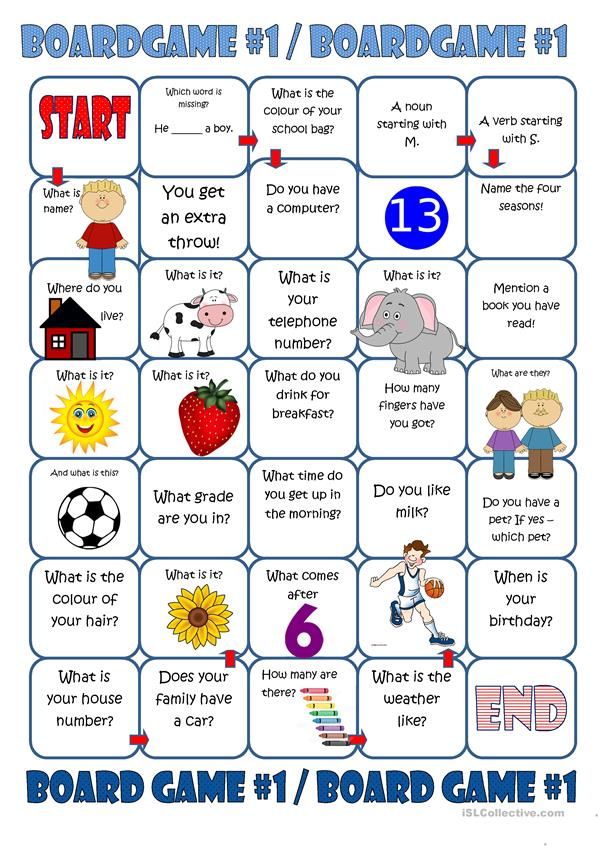 But! Part of the pieces of each puzzle is in the other group. And each group must decide how to get them - through negotiations, trade, exchange of team members, etc. Whatever the participants decide, the decision must be made together.
But! Part of the pieces of each puzzle is in the other group. And each group must decide how to get them - through negotiations, trade, exchange of team members, etc. Whatever the participants decide, the decision must be made together.
Target: This game trains problem solving and leadership skills. Some players are more active, others remain on the sidelines, but it is important to remember that every decision of the group must be agreed with all its members.
10. I believe - I do not believe
Time: 10-15 minutes
Number of participants: five or more people
Equipment: not needed
Rules: to sit in a circle. Everyone must remember three true facts about themselves and come up with one false one. Lies must be true. Then ask them to take turns telling three true and one false facts in random order, without saying which of the facts is wrong. After the story of one participant, the rest must guess which of the facts is false.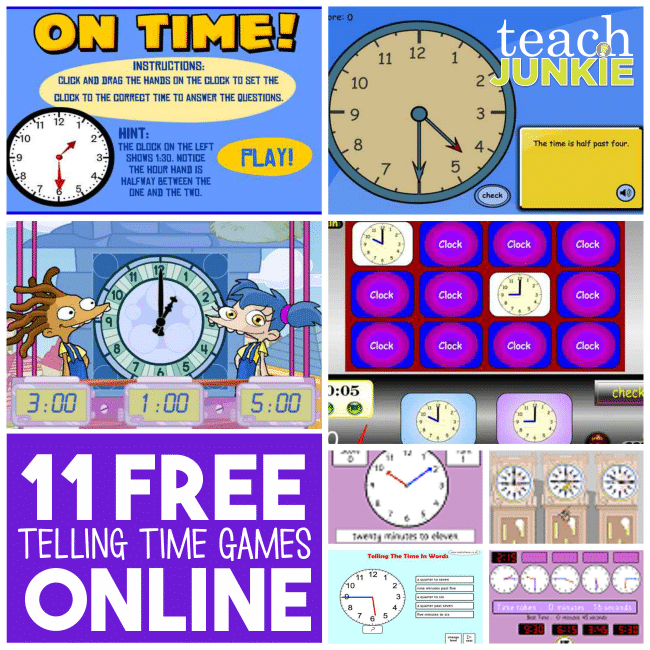
Target: is a great game to build contact, especially for newly formed teams. It helps to avoid jumping to conclusions about colleagues and gives introverts a chance to share something about themselves.
11. Drawing blindly
Time: 10-15 minutes
Number of participants: two or more
Equipment: picture, pen and paper
Rules: divide the participants into groups of two. Divide the groups so that their members sit with their backs to each other. Give one member of the group a pen and paper and another a picture. The participant holding the picture must describe it to his partner, without saying directly what is shown there. For example, if the picture shows a worm in an apple, don't say, "Draw an apple with a worm." A person with paper and a pen must draw what, in his opinion, is shown in the picture according to the description of his partner. Set the game time: 10-15 minutes.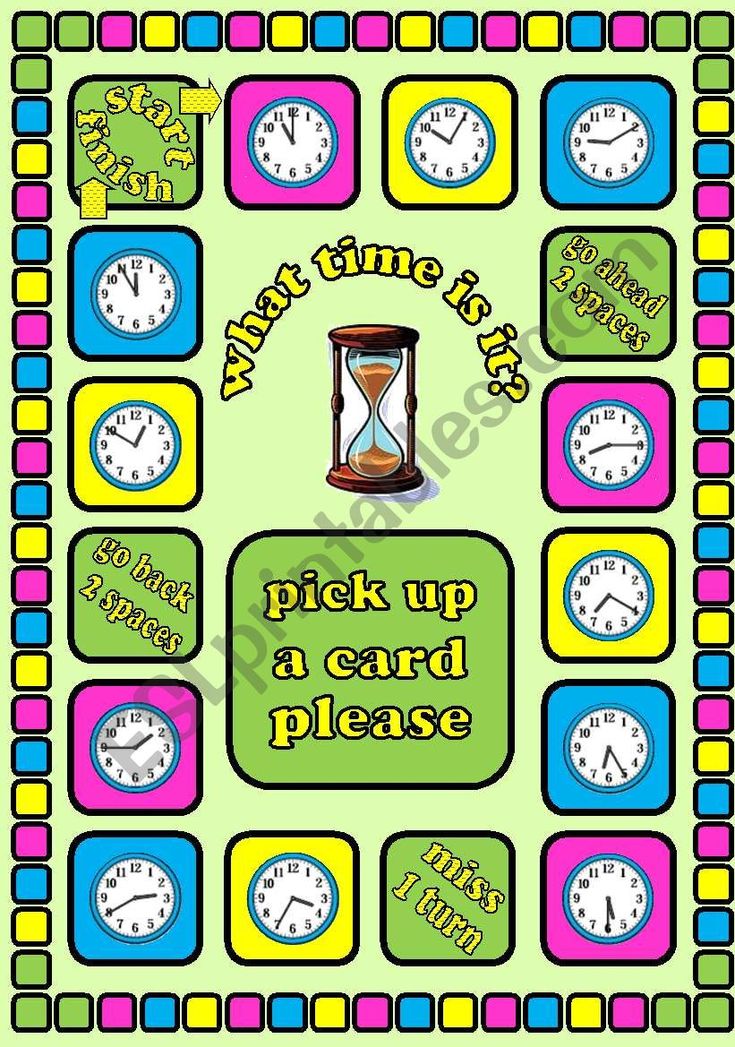
Purpose: This game trains communication skills and teaches how to interpret information. When the drawing is done, it is always interesting to see how the drawing understood the descriptions of his partner.
12. Which is better?
Time: 15-20 minutes
Number of participants: any
Equipment: four or more items
Rules: choose four or more different items (or the same items that look different). Divide the participants into groups with an equal number of people. Think of a situation in which each group has to solve a problem using only the items they have. It can be anything from "you've landed on a desert island" to "you need to save the world from Godzilla." Ask each group to rank the items according to their usefulness in each specific situation and explain their choice.
Purpose: This game stimulates the imagination while solving problems.

